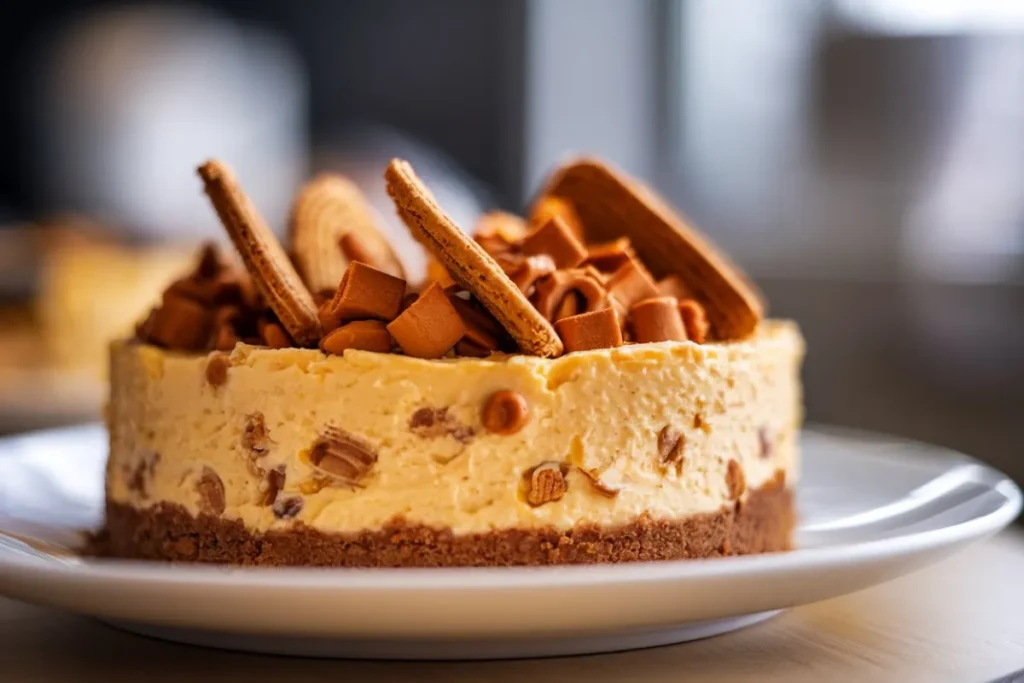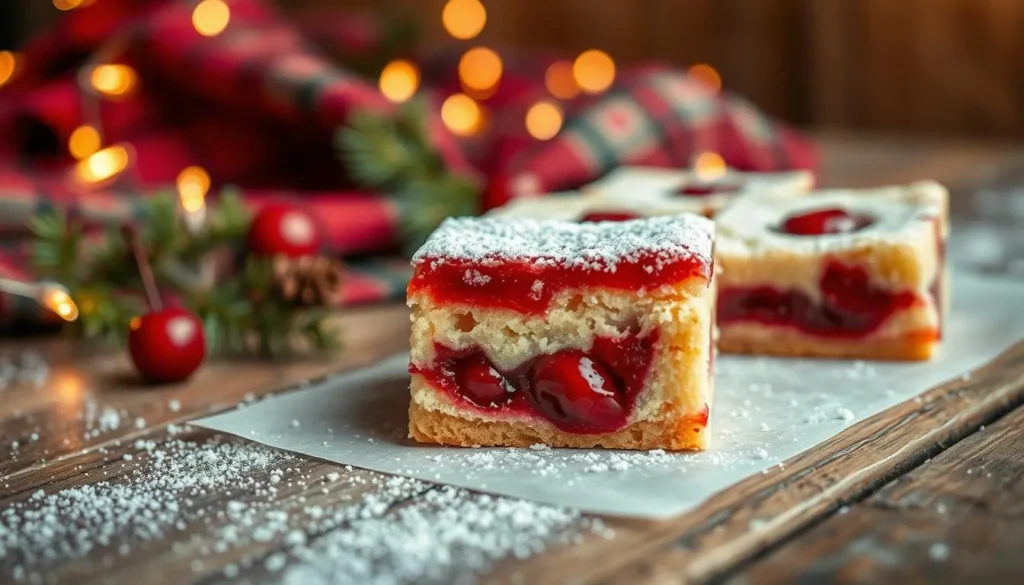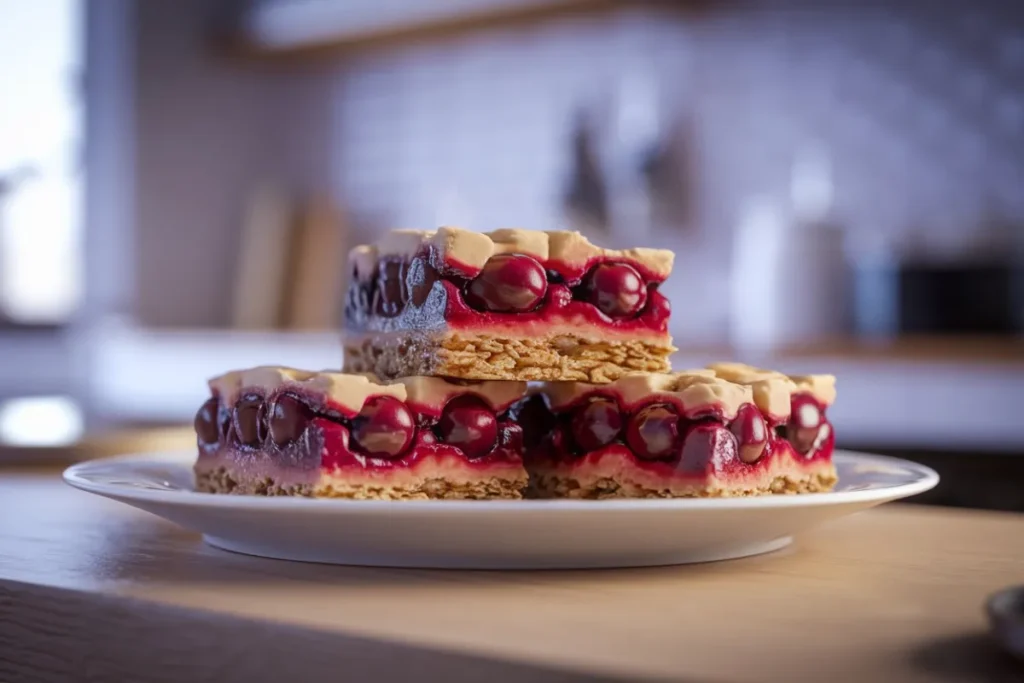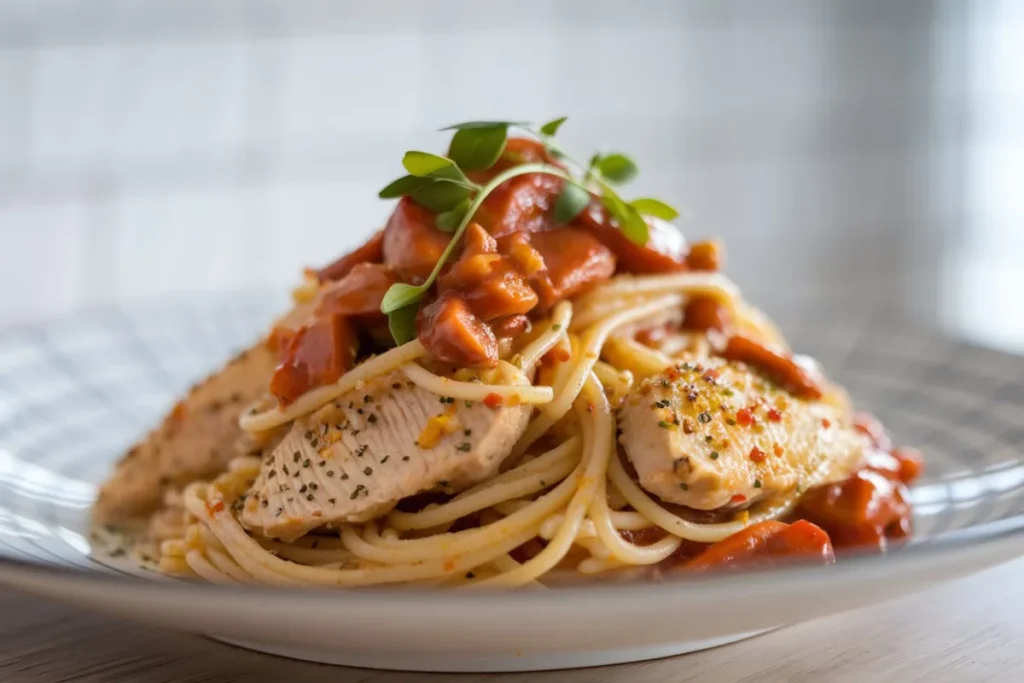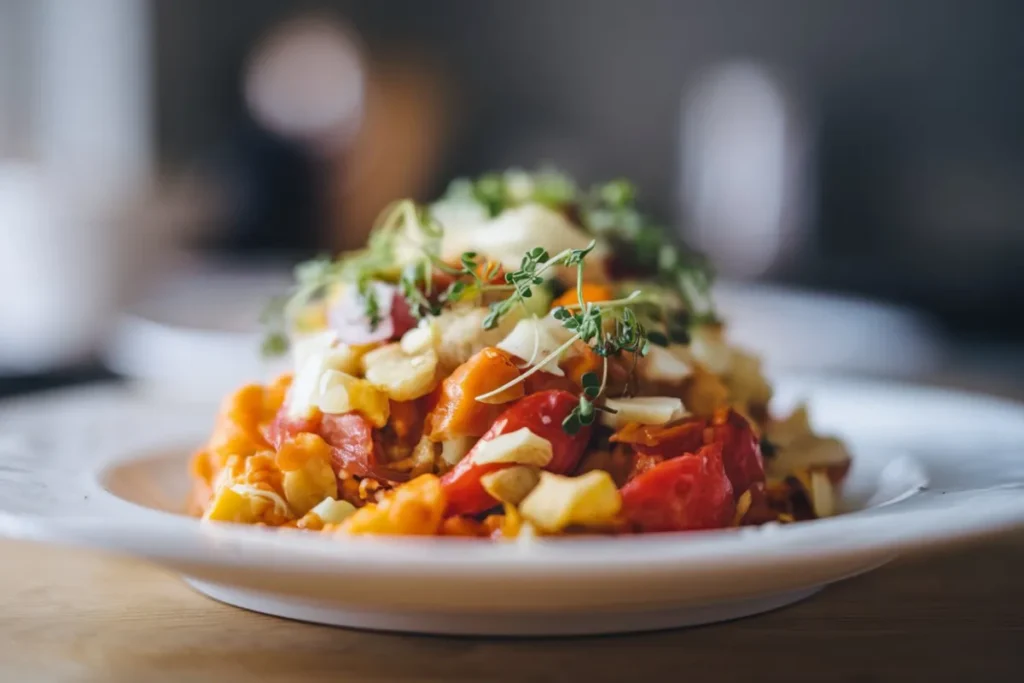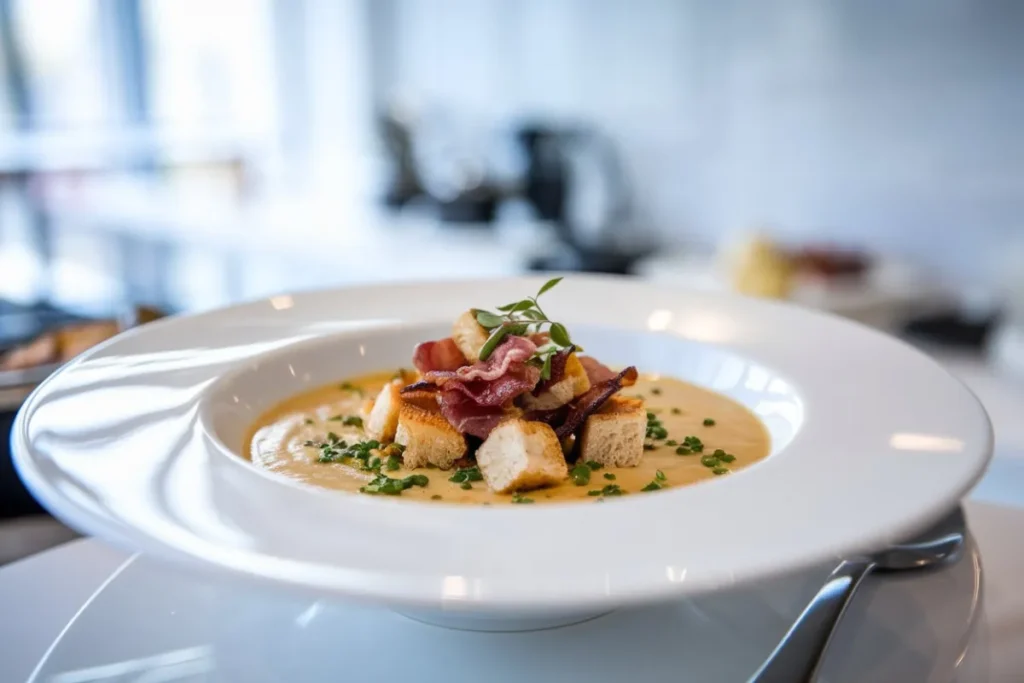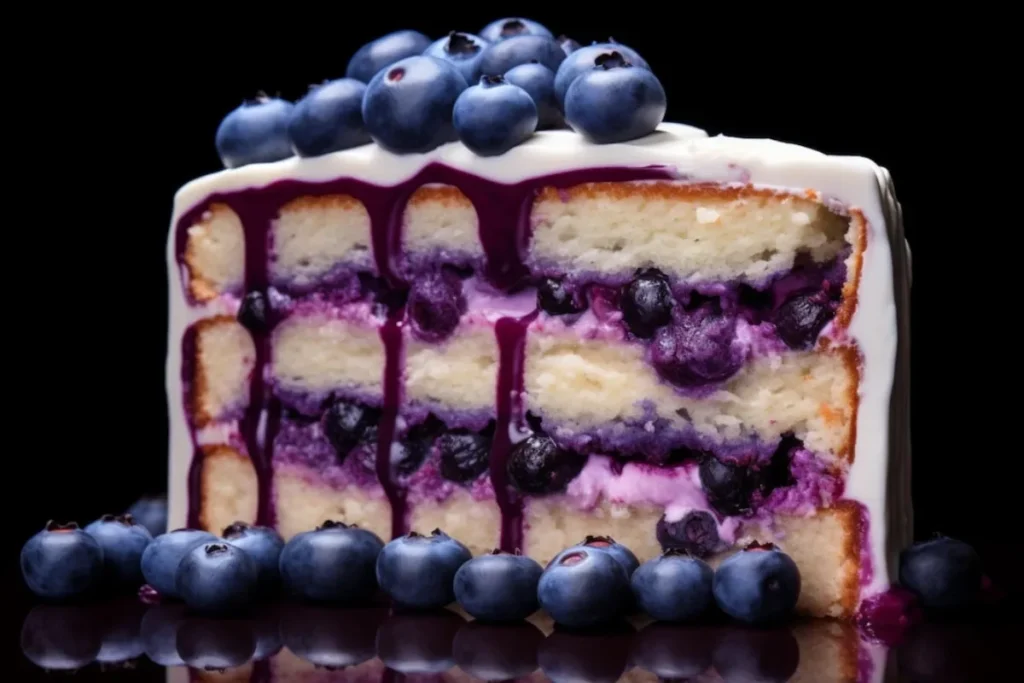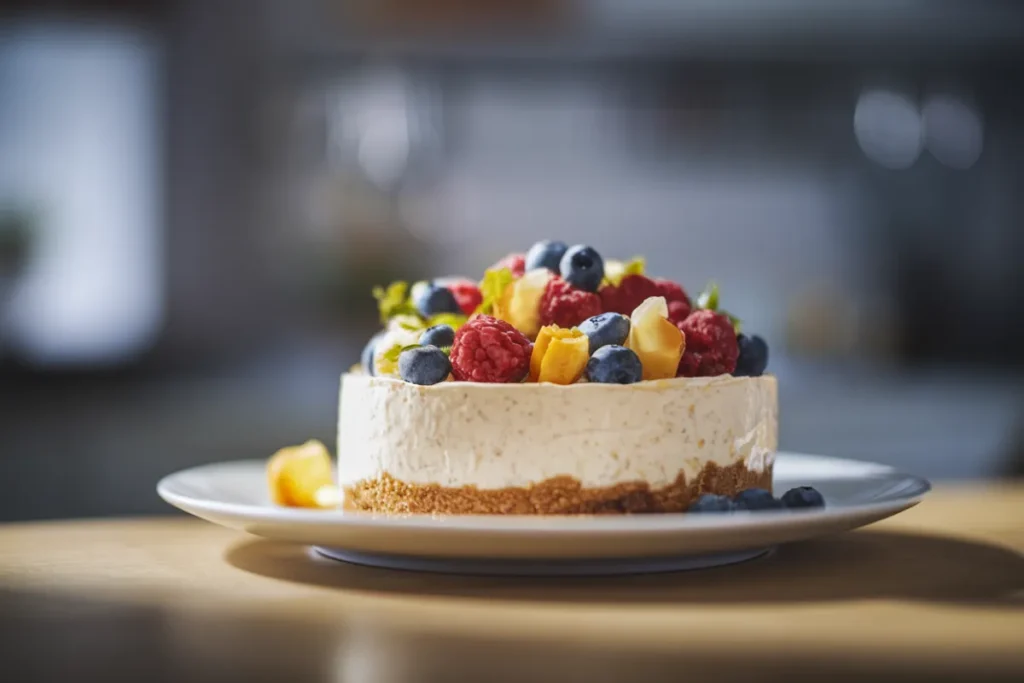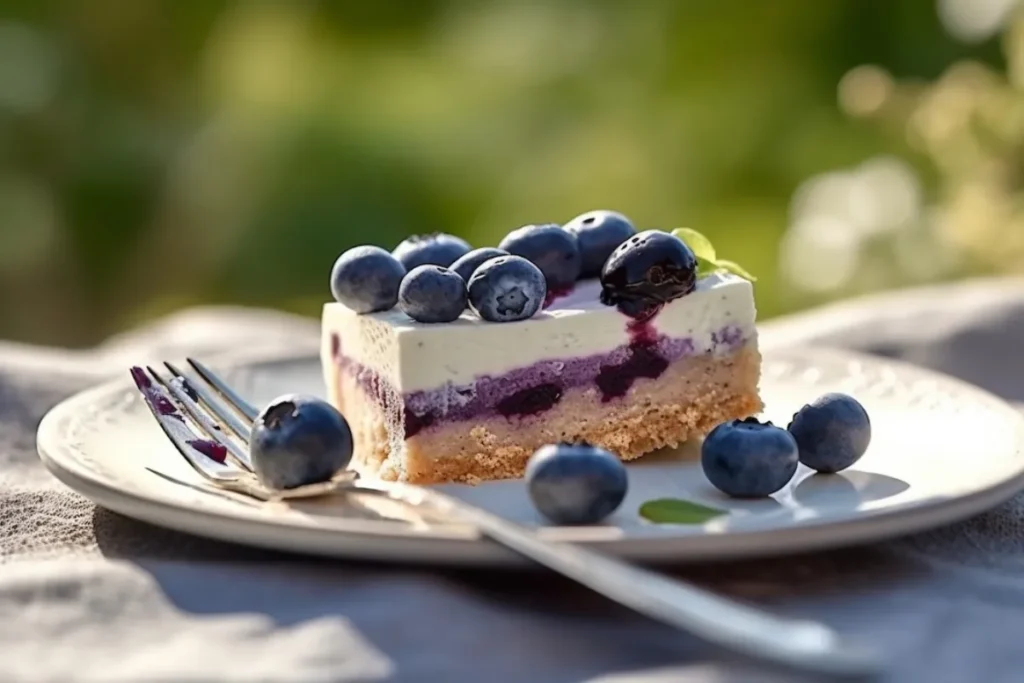Cheesecake is more than just a dessert—it’s a creamy, decadent slice of heaven that embodies everything comforting about indulgence. When done right, cheesecake can be the star of any dessert table, impressing guests with its rich flavor, smooth texture, and perfect balance of sweetness and tang. But what exactly makes a cheesecake the best? While there are countless variations and preferences when it comes to flavors, crusts, and toppings, the key to the perfect cheesecake lies in mastering the essential techniques and ingredients.
In this in-depth guide, we’ll break down everything you need to know to bake the ultimate cheesecake. From ingredient selection to baking tips, troubleshooting, and even a few tricks, this comprehensive tutorial will transform your cheesecake game from ordinary to extraordinary. Whether you’re a novice or a seasoned baker, you’ll find valuable insights here that will elevate your cheesecake-making skills.
The Anatomy of a Perfect Cheesecake
Let’s explore the basic structure of a classic cheesecake before delving into the finer details:
- The Crust: Usually made with crushed Graham crackers, cookies, or digestive biscuits, the crust provides a firm base and adds a crunchy contrast to the creamy filling.
- The Filling: Typically made with cream cheese, eggs, sugar, and sometimes sour cream or heavy cream to achieve that luscious texture, the filling is the heart of the cheesecake, rich, smooth, and creamy.
- The Topping (Optional): Some cheesecakes feature fruit, chocolate, or caramel as a topping, while others remain unadorned, allowing the filling to shine.
Each of these layers plays a crucial role in achieving the perfect cheesecake. Now let’s dive deeper into the secrets behind each component.
Key Ingredients for the Best Cheesecake
The first step in making the best cheesecake is selecting high-quality ingredients. Each element contributes to the final flavor and texture, so it’s important to choose wisely.
1. Cream cheese: The star ingredient
Cream cheese is the cornerstone of any cheesecake, and using the right type can make or break your dessert. Always opt for full-fat, block-style cream cheese. Avoid whipped or spreadable varieties, as they contain added ingredients that can alter the texture of your cheesecake. The fat content in full-fat cream cheese is essential for creating that rich, creamy consistency that makes cheesecake so irresistible.
For the best results, let the cream cheese come to room temperature before mixing. This prevents lumps and ensures a smoother batter.
2. Sugar: Balancing sweetness
The most common sweetener in cheesecake recipes is granulated sugar. For an ultra-smooth texture, consider using superfine sugar, which dissolves more easily into the batter. The key is to strike the right balance with sweetness—too much sugar can overpower the tanginess of the cream cheese, while too little sugar can leave your cheesecake bland.
Some bakers also like to add brown sugar for a deeper, more caramel-like flavor, but this is purely optional.
3. Eggs: Providing Structure
Eggs are crucial for binding the ingredients together and giving the cheesecake its structure. It’s important to add the eggs one at a time, mixing just until each one is incorporated. Overmixing can introduce too much air into the batter, which leads to cracks during baking. For extra-rich cheesecake, you can add additional egg yolks, which contribute to a denser, creamier texture.
4. Sour Cream or Heavy Cream: The Creaminess Factor
Adding either sour cream or heavy cream to the batter is a must if you want your cheesecake to have that melt-in-your-mouth texture. Sour cream is more traditional and adds a slight tang, while heavy cream creates a richer and silkier consistency. Some bakers use a combination of both for the best of both worlds. Again, make sure these ingredients are at room temperature before mixing.
5. Vanilla Extract: Enhancing the Flavor
A high-quality vanilla extract is essential for that classic cheesecake flavor. Opt for pure vanilla extract over imitation varieties for a deeper, more authentic taste. You can also experiment with additional flavorings like almond extract, lemon zest, or even a splash of liqueur, depending on the flavor profile you want to achieve.
6. The Crust: The Perfect Foundation
While Graham cracker crust is the traditional choice, there’s plenty of room to get creative here. You can create a crust with a unique twist by using Oreo cookies, gingersnaps, or even speculoos biscuits. Whichever you choose, be sure to mix the crushed crumbs with melted butter to bind them together, then press the mixture firmly into the bottom of your springform pan. You must prebake the crust to guarantee its crispness after adding the filling.
Mastering the Cheesec ake Technique
ake Technique
With your ingredients ready, let’s move on to the baking process. Achieving the perfect cheesecake requires attention to detail and patience, but the results are well worth it.
1. Preparing the Ingredients: Room temperature is key.
One of the most important tips for making cheesecake is to ensure all your ingredients—especially the cream cheese, eggs, and any dairy—are at room temperature. Cold ingredients don’t blend well, leading to a lumpy batter. To avoid this, remove ingredients from the fridge an hour before baking.
2. Mixing the batter: Avoid overmixing.
When mixing your cheesecake batter, less is more. Overmixing can introduce excess air into the batter, causing it to puff up during baking and then crack as it cools. To avoid overworking the batter, use a hand mixer on low speed or mix by hand.
Start by beating the cream cheese until smooth, then gradually add the sugar. Once you’ve fully incorporated the sugar, proceed to add the eggs one at a time, ensuring you mix each one thoroughly. Finally, fold in the sour cream, heavy cream, and vanilla extract.
3. Prebaking the crust
For a crisp, sturdy base, it’s essential to prebake the crust before adding the filling. Bake the crust at 350°F (175°C) for 8-10 minutes, then let it cool completely before pouring in the cheesecake batter. This step ensures the crust doesn’t become soggy while the cheesecake bakes.
4. The Water Bath: A Baker’s Secret for No Cracks
Using a water bath (also known as a bain-marie) is the secret to some cheesecakes’ smooth, crack-free tops and others’ split-free ones. The water bath creates a gentle, even heat that prevents the cheesecake from overcooking and cracking.
To set up a water bath, wrap the outside of your springform pan with heavy-duty aluminum foil to prevent water from seeping in. Place the pan in a larger baking dish, and fill it with hot water until it reaches halfway up the side of the springform pan. This moist environment keeps the cheesecake silky and smooth as it bakes.
5. Baking: Low and Slow Wins the Race
Cheesecake requires a low baking temperature—around 325°F (160°C)—to ensure even cooking and prevent browning. Depending on your recipe, baking time can vary from 45 minutes to over an hour. The key is to avoid overbaking. While the edges should solidify, the center should still exhibit a slight jiggle when gently shaken. As it cools, it will continue to set.
6. Cooling: The Patience Test
The cooling process is just as important as the baking itself. Rapid temperature changes can cause the cheesecake to crack. After baking, turn off the oven, crack the door open, and let the cheesecake cool inside the oven for about an hour. Then, remove it and allow it to come to room temperature before refrigerating.
Refrigerate the cheesecake for at least 4 hours, but overnight is even better. This chilling period allows the flavors to meld and the texture to firm up, resulting in a perfectly set cheesecake.
7. Slicing: Getting clean, professional cuts
For beautifully clean slices, dip a sharp knife in hot water before each cut. Wipe the blade clean between slices to avoid dragging crumbs or filling across the cheesecake. This small detail makes a big difference in presentation, especially if you’re serving the cheesecake to guests.
Troubleshooting Common Cheesecake Problems
Even with the best techniques, things can go wrong. Here’s how to troubleshoot common cheesecake issues:
1. Cracks in the Cheesecake:
- Rapid temperature changes or overbaking typically cause cracks. Always use a water bath and cool the cheesecake gradually.
2. Soggy Crust:
- If your crust turns out soggy, it could be due to water leaking into the springform pan. Make sure to wrap the pan securely with foil. Prebaking the crust also helps create a barrier against moisture.
3. Lumpy Batter:
- Lumpy batter is typically a result of cold cream cheese. Ensure all ingredients are at room temperature, and beat the cream cheese until smooth before adding the other ingredients.
4. Undercooked Center:
- If the center of your cheesecake is still runny after the recommended baking time, give it a few more minutes while monitoring closely. The center should have a slight jiggle, but not be liquid.
5. Overbrowning:
- If the top of your cheesecake is browning too quickly, loosely cover it with aluminum foil during the final stages of baking.
Creative Variations to Enhance Your Cheesecake Recipe
Once you’ve mastered the classic cheesecake, there’s a world of variations to explore. Here are a few ideas to spark your creativity:
1. New York-style cheesecake:
- Known for its dense, rich texture, New York cheesecake often includes extra egg yolks and a touch of cornstarch to achieve its signature firmness.
2. No-Bake Cheesecake:
- Perfect for hot days when you don’t want to turn on the oven, no-bake cheesecakes are light and mousse-like, relying on gelatin or whipped cream for structure.
3. Japanese Cotton Cheesecake:
- This cheesecake is known for its airy, souffle-like texture. It’s lighter than traditional cheesecake, thanks to whipped egg whites folded into the batter.
4. Chocolate Cheesecake:
- For chocolate lovers, incorporating melted dark chocolate into the filling creates a rich, indulgent dessert that’s difficult to resist.
5. Flavor Infusions:
- Infuse your cheesecake with flavors like espresso, matcha, or even lavender for a unique twist. You can also swirl fruit puree or caramel into the batter for a marbled effect.
6. Savory Cheesecakes:
- While less common, savory cheesecakes can be an impressive appetizer. Consider flavors like goat cheese with herbs or a smoked salmon cheesecake with a dill crust.
Top Toppings to Elevate Your Cheesecake
The right topping can take your cheesecake to the next level. Here are some classic and inventive topping ideas:
- Berry Compote: Fresh or frozen berries cooked down with sugar make a simple, tangy topping that complements the richness of the cheesecake.
- For a decadent dessert, drizzle warm salted caramel sauce over the top.
- Chocolate Ganache: A smooth layer of ganache adds extra indulgence.
- Light, fluffy whipped cream adds a delicate contrast to the dense cheesecake.
- Crushed Nuts: Toasted pecans, walnuts, or almonds add a satisfying crunch.
Expert Tips for Achieving the Best Cheesecake Every Time
To wrap things up, here are some pro tips that will ensure your cheesecake is always top-notch:
- Use an oven thermometer: cheesecakes are sensitive to temperature. Using an oven thermometer guarantees accurate calibration of your oven.
- Don’t Rush the Process: Cheesecake requires time and patience. From mixing the batter to cooling and chilling, every step is crucial.
- Store properly: Cheesecake tastes best when chilled. Store it in the refrigerator, covered with plastic wrap, or in an airtight container.
- Let Flavors Develop: Cheesecake actually tastes better after sitting in the fridge for a day or two, allowing the flavors to fully develop.
Why Knowing the Secret to the Best Cheesecake Matters
Cheesecake is a dessert that’s both timeless and versatile. Once you’ve mastered the basic recipe and techniques, you can experiment with endless variations, flavors, and toppings. Whether you’re baking for a special occasion or simply satisfying a sweet craving, the secrets shared in this guide will help you achieve the best cheesecake every time.
